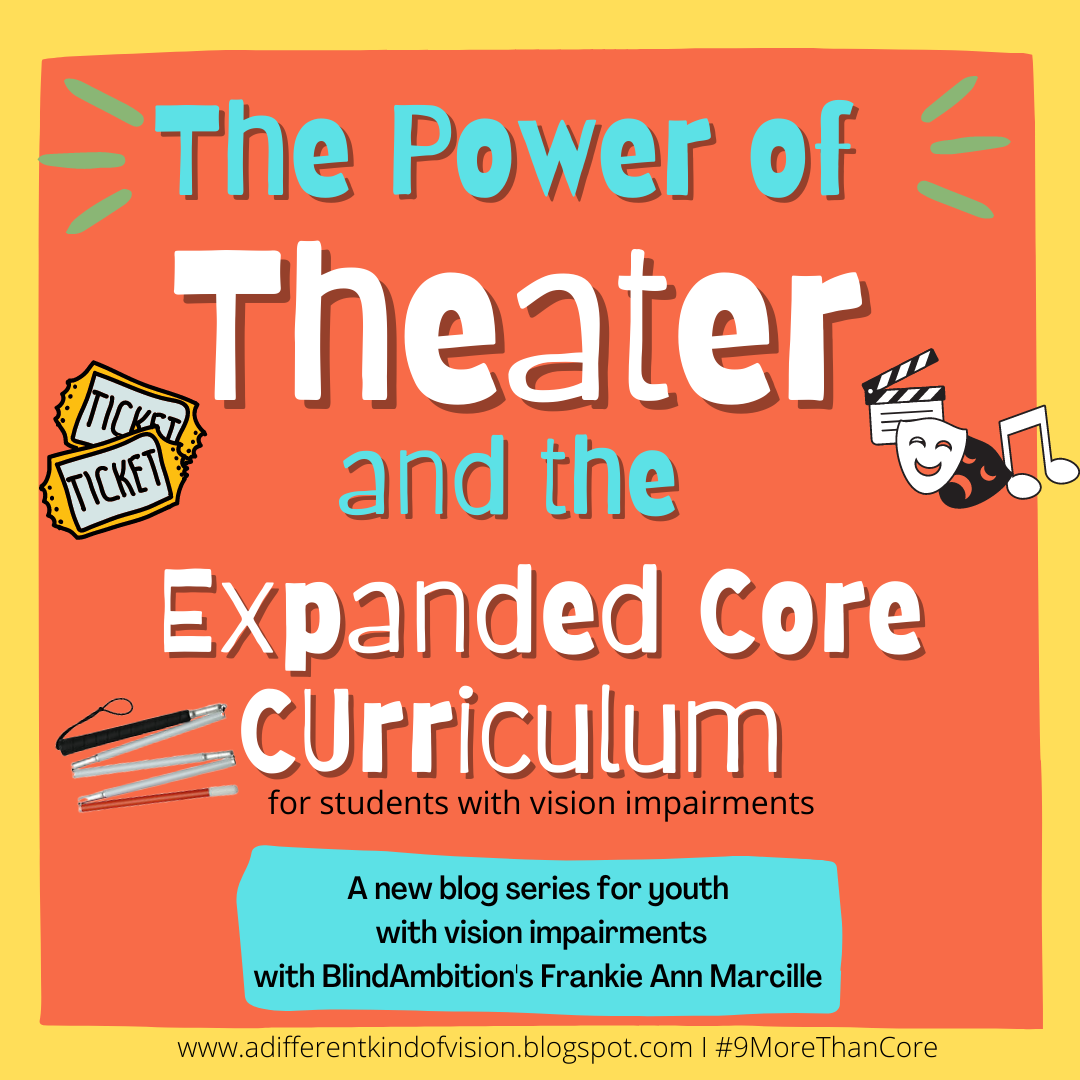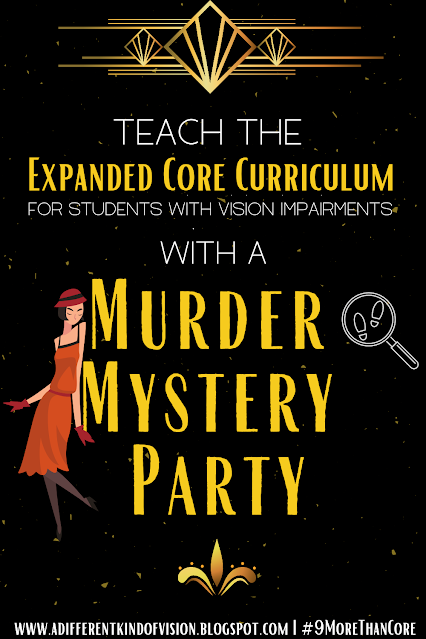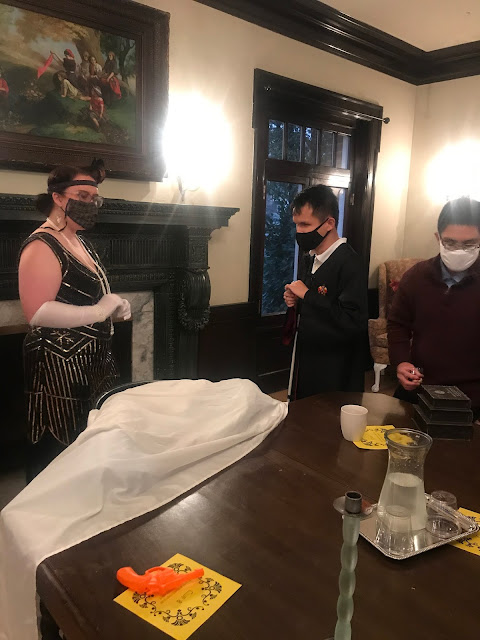Writing letters to Santa Claus is a very popular activity for this time of year. However, you can include a lot more kids and A LOT more Expanded Core skills if you put a twist on this popular activity and write letters to North Pole friends.
This twist give you a handful more opportunities for skills. Here are some ideas:
Learn about the post office and writing letters free matter for the blind
Addressing envelopes (almost a lost art at this time)
Learn how to write a letter with a greeting and a closing.
Developing and practicing a signature.
Make choices about the friend you want to write to (I gave my students Santa, Rudolf or Frosty) and what you want to say or write to that person
Teach about weather (what type of weather do you think the North Pole has?)
Writing to North Pole friends as opposed to just Santa means you can do letter correspondence into January (feel free to pick other North Pole friends).
Give different writing prompts (It doesn't just have to be about what you want for a holiday present--you can write about different things).
Literacy, literacy, literacy! Lots of of opportunities for literacy in a project like this.
I found these super cute mailboxes at Target (there's even a light in the outside). We set up the North Pole mailbox in the office with our secretary because that's where the mail is delivered at our school. However, if you are doing this virtual or just at home as a parent you can use your own mailbox.
I provided students with three choices for their letters. Santa, Rudolf or Frosty. I whipped up these images on Canva. Notice that I used strong contrast for the pictures to make them friendly for low vision and CVI students. My amazing para took the next leg and put the tactile items on it. We LOVE the APH Carousel of Textures kit but you can also hit up a Joanns or Michaels for some tactile paper. She didn't do the whole picture tactile rather just the critical features of each to highlight them.
Our students could write in any writing mode that worked for them (and then received a letter in return in that mode). We received letters in Braille, large print and pictures. Now this is the cool part, we had our high school students write the Braille replies. So if you are a teacher with older students, this could be a fun project that your high school students do for younger students on your caseload!
I wanted to include pictures of how we did the picture letters because sometimes that is tricky for folks to know how to do. The above picture is the letter from a student that uses pictures. There are Braille labels over the large print with large clear pictures. We returned his letter in the same format and signed it from Santa with the same Santa picture (plus tactile beard) as the signature.
Now we started this by writing letters to North Pole friends (again, I meant for this to be inclusive for students who do not celebrate Christmas) but can you see where you can keep this going in the new year? You can continue to use actual letters or you can keep practicing and learn how to transfer this to digital communication such as an email or have a lot of fun and move to Twitter!
Teachers, you can make this as a kit and send it to families and then work together virtually. Parents, you can do this in your home. It's an accessible activity that practically every child can participate in. Happy holidays!
























